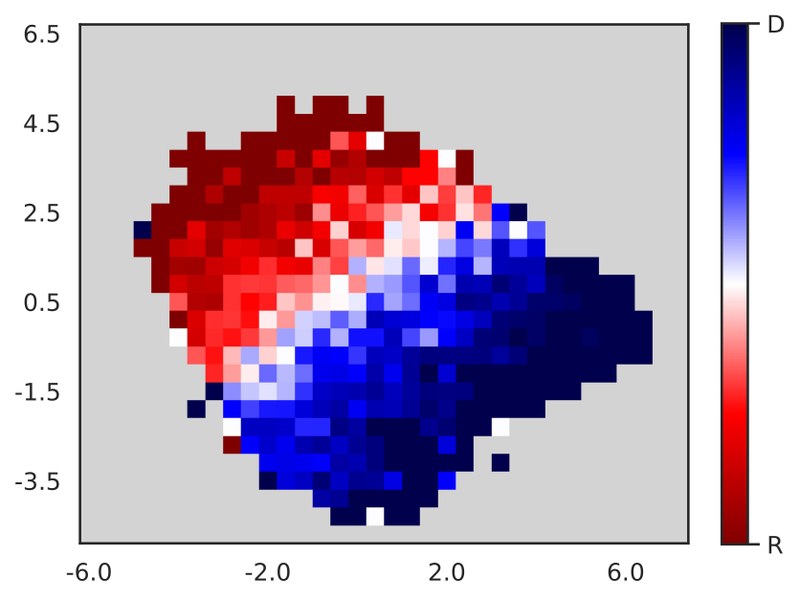The Effect of Social Interactions on Collective Behavior: Flocking and Opinion Polarization
Jul 31, 2025
Jaume Ojer Ferrer defended his thesis co-supervised by Romualdo Pastor Satorras and Michele Starnini on July 30 at Campus Nord. Entitled "The Effect of Social Interactions on Collective Behavior: From Flocking to Opinion Polarization", the thesis explores how social interactions between individuals give rise to different types of collective behavior that are observed in nature and society, in particular the dynamics of flocking in animals and the polarization of opinions in humans
Like viruses, information, knowledge, and emotions disseminate through a population, and the social interactions between individuals can give rise to a rich tapestry of collective behavior. Usually, we are able to ascertain the way in which individuals interact at a local level. Nevertheless, understanding how behavior emerges as a global feature is much more difficult and requires notions of synergy and complexity. This thesis investigates how social interactions shape collective behavior in social systems, focusing specifically on flocking dynamics in animal groups and opinion polarization in human societies.
In the context of animal behavior, we use social networks to represent the interactions within the flock. We extend the definition of Vicsek-like models to explore the effects that structural properties of social networks have on flocking stability. Networks with higher heterogeneity exhibit a more resilient ordered state, showing a diverging transition threshold, whereas lower heterogeneity renders the system more susceptible to external perturbations, showing a threshold converging to a finite value. However, if networks are weighted, analytical predictions extracted from the heterogeneous mean-field approximation reveal that the flocking threshold may also approach zero, i.e., a system that is always found in the disordered phase. Numerical simulations confirm these results. Finally, by considering real-world animal social networks, we show that networks with heterogeneous weights tend to exhibit a heightened sensitivity to noise, indicated by lower transition thresholds.
Next, in the context of human behavior, we address the dynamics of opinion formation and polarization using a multidimensional perspective. To this aim, we use empirical opinions with respect to many different topics collected by the American National Election Studies. By mapping the opinions within a two-dimensional ideological space, we provide a nuanced analysis of how ideological polarization evolves over time in the United States. We assess the widening ideological gap between Democrats and Republicans over the past 30 years, highlighting an increase in within-party heterogeneity, particularly among Democrats. These findings contradict the partisan sorting hypothesis, which suggests that parties have become more consistent and ideologically more homogeneous in last decades.

Share: